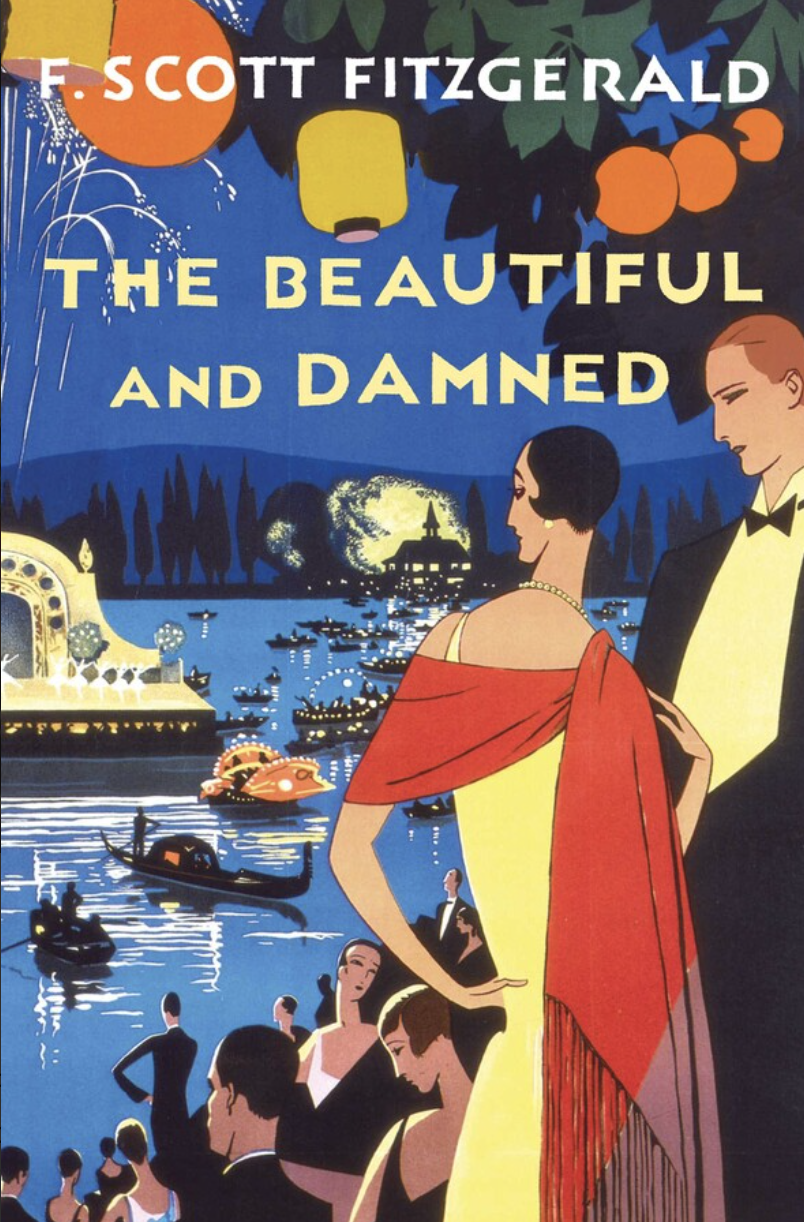Great Lines: F. Scott Fitzgerald
In the canon known as the Great American Novel, F Scott Fitzgerald’s The Great Gatsby (1925) holds a secure place in the ranks. Embodying the elusive American Dream in the aspiring and fated figure of Jay Gatsby, Fitzgerald’s novel encapsulates the endless striving that drives American culture. This extended personification—of the concept in the character— exemplifies Fitzgerald’s mastery of literary imagery.
In the famous last paragraphs of Gatsby, the narrative voice of Nick Carraway recalls America as ‘the old island here that flowered once for Dutch sailors’ eyes—a fresh green breast of the new world.’ Imagining all Americans as perpetual pilgrims, catching their first glimpse of a pristine land, Fitzgerald ends the novel with nautical imagery: ‘So we beat on, boats against the current, borne back ceaselessly into the past.' As maritime geography dictates, the clockwise spinning of the globe generates the North Atlantic Current, and ships from Europe sail ‘against’ it in voyaging westward to North America. Fitzgerald’s closing use of the green and blue palette evokes the natural, grandiose forces of Earth in that first and cyclical act of discovery.
Yet while Fitzgerald’s capacity for linguistic impressionism culminated in the grand scale of Gatsby, this skill was also evident in his earlier prose. In his second novel, The Beautiful and Damned (1922), Fitzgerald is seen to combine colour and sensory imagery in his description of a wealthy Jazz-era crowd entering a New York City theatre:
There were opera cloaks stitched of myriad, many-colored silks and furs; there were jewels dripping from arms and throats and ear-tips of white and rose; there were innumerable broad shimmers down the middles of innumerable silk hats; there were shoes of gold and bronze and red and shining black; there were the high-piled, tight-packed coiffures of many women and the slick, watered hair of well-kept men—most of all there was the ebbing, flowing, chattering, chuckling, foaming, slow-rolling wave effect of this cheerful sea of people as to-night it poured its glittering torrent into the artificial lake of laughter.
Fitzgerald portrays the dazzling throng through a copious stream of imagery; following luscious, tactile descriptions of the stylish fashions of the theatre-goers, the text declares, superlatively, that ‘most of all’ there was the sound and motion of the dynamic ‘sea of people’. Combining watery visual and lively auditory imagery, the mass is described as ’ebbing, flowing, chattering, chuckling, foaming’—the intermingling, asyndetic phrasing creating a ‘slow-rolling wave effect’ of the mass which, like a tsunami, ‘poured its glittering torrent’ into the theatre. The effect of the passage is kaleidoscopic, and tidal—prefiguring the grand, flowing movements of the Gatsby narrative.
F. Scott Fitzgerald, 1896-1940.


